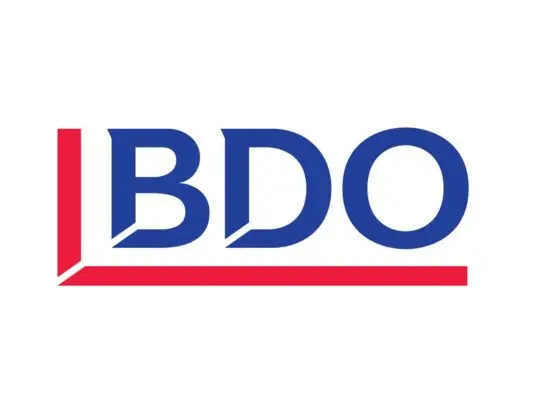While “Pandemic” was voted as the 2020 Word of the Year, you probably haven’t heard the word ‘Pivot’ used with quite so much frequency as you did last year. We’ve all heard amazing stories of companies that have taken up opportunities to shift their focus by changing their product offering, their target consumers, their delivery method, or the way they do business.
What is a business pivot?
In business, your pivot point is your vision, your mission statement, and your values. This is your strong foundation, what makes you and your business unique and something you do not want to change. If the core of your business does change, then you are not pivoting, you are jumping—which might be appropriate, but it is not pivoting. A change in strategy is your business pivot move. This is where you can make your changes and either move to survive or move to thrive and seize an opportunity to achieve your company’s vision. So, when you are taking some time to strategise for 2021, or before you rush headfirst into “business as usual” (whatever that is these days?), you could dust off that business plan, remind yourself of your purpose, and then start asking some questions.
Do I have to do it?
A strategic pivot can be used to create a shift in your business. From a defensive position – where the game has changed, you have to pivot in order to survive and we saw this commonly during and immediately following the 2020 Alert Level 4 lockdown. From an offensive position – the pivot helps you seize an opportunity to grow your business and this is what happened more regularly during the tail end of 2020 and we expect to see more of during 2021. Both shifts require you to pause, take stock, and assess your next move so that you can move forward deliberately and with purpose. Regardless of your circumstance, it is important that we take the time to acknowledge our regions resilience in the face of the unknown, commend our business owners for being dynamic in their operating structures and most importantly, take these hard learnt elements through with us into 2021. Should your business pivot in 2021?
The game has changed
Economic growth in New Zealand slowed to 1.8% over the March 2020 year, following revised 3.1% pa growth in 2019.
This March 2020 year captures only the very early stages of the Covid-19 pandemic. In this time, China was in lockdown, the New Zealand border was closed, and our trade activity suffered from global reactions to the pandemic. There is no denying that the game has changed massively for many businesses. For some, this happened instantly, especially for those in hospitality, tourism, and retail. However, for some, the changes are taking time to flow through. Post lockdown and operating under Alert Level 3, businesses had to quickly review the way that they conducted business and traded with their customers. Initially, reports suggested that 79% of workers in Hastings and 73% of those based in Napier would be able to operate under Level 3 restrictions. These figures are largely assumptive, in that those who would be largely affected by trading restrictions had already reviewed their modes of operation and changed and/or pivoted to meet strict Health & Safety guidelines in order to resume trading. Many businesses had projects lined up for the full 2020 year and they’ve successfully been able to catch up on lost time and work continuously. What happens, however, now that work is finished? Is the work still coming through in the same way as previously? Are your supplies still as readily available as they were in the past? Have you got employees that are working from home now? What change is your business facing?
What barriers are in your path, that are making you reassess your business operations?
There is opportunity
When looking for opportunity, it is important that you take a 360 degree view of what prospects you might have in order to reach your goal. Think of the companies that swiftly mobilised to manufacture masks or offer online delivery of their services— we saw a surge in the use of digital platforms which opened businesses up to new products, customers, and delivery methods. Operating a savvy online store or having a glossy e-commerce presence was no longer the territory of the big retail chains. Dynamic client communication and digital advertising strategies moved from the ‘maybe one day list’ to top of the priority list, in the hope of capturing a slice of the digital market which exploded almost overnight. It’s all about being open to opportunities – and taking the necessary time to look for and clearly identify them when they come along. You can ask yourself questions like: What solutions can you offer? What unfulfilled needs can you meet? How else could you deliver your service? Who else could use your products or service? What assets have you got that could be repurposed? Who could you connect or collaborate with? It is assessing how the environment has changed and what opportunities have arisen as a result. Can you take advantage of any of these opportunities?


